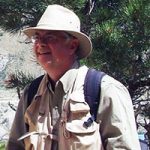Applied Concepts of Natural and Drilling-Induced Fractures in Precambrian Through Mesozoic Strata (Central New Mexico)

 INSTRUCTOR: John C. Lorenz, PhD and Scott P. Cooper MS
INSTRUCTOR: John C. Lorenz, PhD and Scott P. Cooper MS
DISCIPLINE: Field Courses
COURSE LENGTH (DAYS): 5 Days
CEUS: 4.0
AVAILABILITY: In-House
WHO SHOULD ATTEND: Geologists and Engineers who need to characterize and understand fracture systems and their effects on reservoir permeability from core and outcrops, who need to be able to differentiate between natural and induced fractures in cores, and who would like to be able to predict the effects of lithology on fracturing. Also for those who want to understand fracture permeability in relationship to the in situ stress system, the interaction of natural fractures with hydraulic stimulation fractures, and the important differences between extension and shear fractures in controlling individual fracture permeability and fracture network interconnectedness.
COURSE DESCRIPTION: Outcrops in central New Mexico offer excellent examples of natural fractures in a variety of structural settings (thrust, strike-slip and normal displacement fault systems) combined with a variety of lithologies. This serves as the background for discussions on mechanical stratigraphic controls of fracturing and production in conventional and unconventional reservoirs. Some of the fractures occur in low-permeability unconventional sandstones that produce in the San Juan Basin, others occur in strata that form more conventional reservoirs (limestones, sandstones) and illustrate the same types of fractures found in unconventional reservoirs. A world class example of permeability-reducing fractures (“deformation bands”) will be visited, occurring in fluvial sandstones of the Morrison Formation. Fractures in granites can also be examined, as can “dynamically-compatible” fractures, which are formed as two distinct fracture patterns in adjacent strata subjected to the same stresses. The two patterns result from the different lithologies that control differing mechanical properties. Additional outcrops show fractures associated with faulting, as well as the complications associated with reactivating extension fractures in shear. Included in the associated lecture is a 65-piece teaching collection of natural and induced fractures in core that students will work with during class exercises.
NOTE: This field course could be adjusted to include our two-day fractured reservoirs class by adding a single day to the outline.
LEARNING OUTCOMES:
- This is a hands-on application-based field trip and classroom experience.
- The student will obtain insights into fracture mechanics and the origins of fractures, and uses those concepts in a very applied sense to instill an understanding of natural fractures and their potential effects on reservoirs.
- Attendees will learn to differentiate fractures by type as well as the effects of these different fracture types on reservoir permeability, and what fracture types to expect in different structural domains and reservoirs, through discussion on the outcrop.
- Attendees will obtain an understanding of the interactions between natural fractures, in situ stresses, and stimulation fractures.
- Students will come away from the course with an appreciation of the wide range of structures that fall under the basket term “fracture”, and an understanding that different fracture types do not have the same effect on hydrocarbon reservoirs.
COURSE CONTENT:
Day 0
- Arrive in Albuquerque, New Mexico
- Classroom: Safety briefing, Field trip overview, Stratigraphy overview, Fracture overview
- Overnight: Albuquerque, NM
Day 1
- Classroom: Logistics, Interaction between natural fractures and hydraulic stimulation fractures, fractures in limestone vs sandstone vs shale
- Field: Albuquerque and East Mountains outcrops of Precambrian granites, and Paleozoic carbonates and sandstones. Structures include normal, strike-slip and thrust-related fault systems
- Overnight: Bernalillo, NM
Day 2
- Field: outcrops of Cretaceous sandstones and shales in the vicinity of the normal faults and wrench faults and their associated fracture zone complexes near San Ysidro, NM
- Field: Structures to be viewed include: conjugate deformation bands in the Morrison Formation, amalgamated deformation bands in the Dakota Sandstone, superimposed fracture systems, Mancos shale, fracture halos on faults, and fractures in folded strata
- Overnight: Santa Fe, NM
Day 3
- Field: sheared extension fractures and faults in Triassic sandstones at Abiquiu Lake and Ghost Ranch. Discuss north-south tectonic compression related to the San Juan uplift
- Overnight: Santa Fe, NM
Day 4
- Field: Outcrops in the Las Vegas and Romeroville, NM areas include fractures and stratigraphy of the Niobrara, Mancos and Chinle Formations
- Field: Airport Road overview of the southern Rocky Mountains and Pecos Wilderness with review of fracture types and variability we have seen by lithology and structural setting, and an overview of the San Juan and Raton Basin geologic settings; discussion of coal bed methane production
- Field: visit Pecos Historical Monument
- Overnight: Albuquerque, NM
Day 5
- Classroom: Core viewing and lectures on natural and induced fractures in the subsurface
- Release students 3 PM, depart
- Overnight: Albuquerque, NM
Day 6
- Depart from Albuquerque, NM
